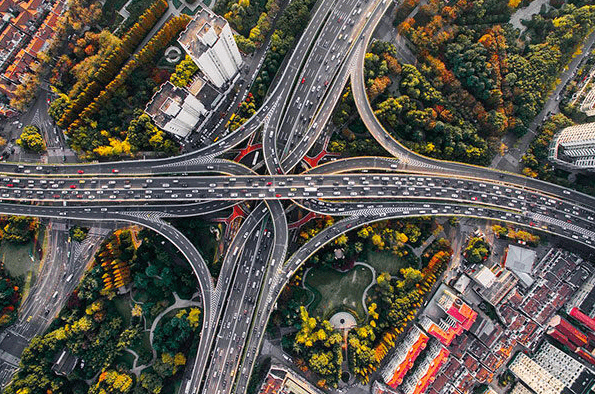Over the past decade, India has witnessed a paradigm shift in its road infrastructure, leading to significant reductions in operation cycle times across various sectors. Here are 15 key examples of how improved road infrastructure has catalyzed efficiency and accelerated operations:
1. Expressway Networks: The establishment and expansion of extensive expressway networks, such as the Mumbai-Pune Expressway, have drastically reduced travel times, enabling faster movement of goods and people.
2. Intelligent Traffic Management Systems: Advanced traffic management systems, incorporating real-time data analytics, have optimized signal timings and traffic flow, resulting in smoother and quicker commutes.
3. Dedicated Freight Corridors: The introduction of dedicated freight corridors, like the Western Dedicated Freight Corridor, has streamlined the movement of goods, reducing transit times for businesses.
4. Digital Toll Collection: Implementation of electronic toll collection systems, such as FASTag, has eliminated long queues at toll booths, ensuring a seamless and swift passage for vehicles.
5. Bypass Roads: Construction of strategically designed bypass roads around congested areas has alleviated traffic bottlenecks, facilitating faster transit for both commuters and cargo.
6. Smart Interchanges: Modern, smart interchanges and flyovers have minimized intersections and enhanced traffic fluidity, contributing to shorter travel times.
7. Road Widening Projects: Widening of crucial highways and roadways has increased road capacity, allowing for smoother traffic flow and reducing delays during peak hours.
8. Fast-Track Project Approvals: Streamlined approval processes for road infrastructure projects have expedited their implementation, leading to quicker enhancements and expansions.
9. Intermodal Connectivity: Improved connectivity between different modes of transportation, such as seamless integration of roads with airports and railway stations, has facilitated swift transitions for passengers and cargo.
10. Emergency Response Lanes: Dedicated lanes for emergency vehicles on key routes have ensured rapid response times during emergencies, contributing to public safety.
11. Enhanced Road Maintenance: Regular and efficient road maintenance programs have minimized disruptions caused by potholes and other damage, resulting in smoother and faster journeys.
12. Real-Time Navigation Apps: The widespread use of navigation apps with real-time traffic updates has empowered commuters to choose the fastest routes, optimizing travel times.
13. High-Speed Corridors: Introduction of high-speed corridors, connecting major cities, has significantly reduced the time required for long-distance travel, boosting economic activities.
14. Efficient Urban Planning: Integrated urban planning with a focus on efficient road layouts has reduced congestion in city centers, allowing for quicker intra-city travel.
15. Investment in Technology: Utilization of cutting-edge technologies such as smart signaling, adaptive traffic lights, and intelligent transportation systems has played a pivotal role in minimizing operation cycle times.
As India continues to invest in and upgrade its road infrastructure, these advancements stand as testament to the nation’s commitment to fostering rapid development, economic growth, and improved overall quality of life.















